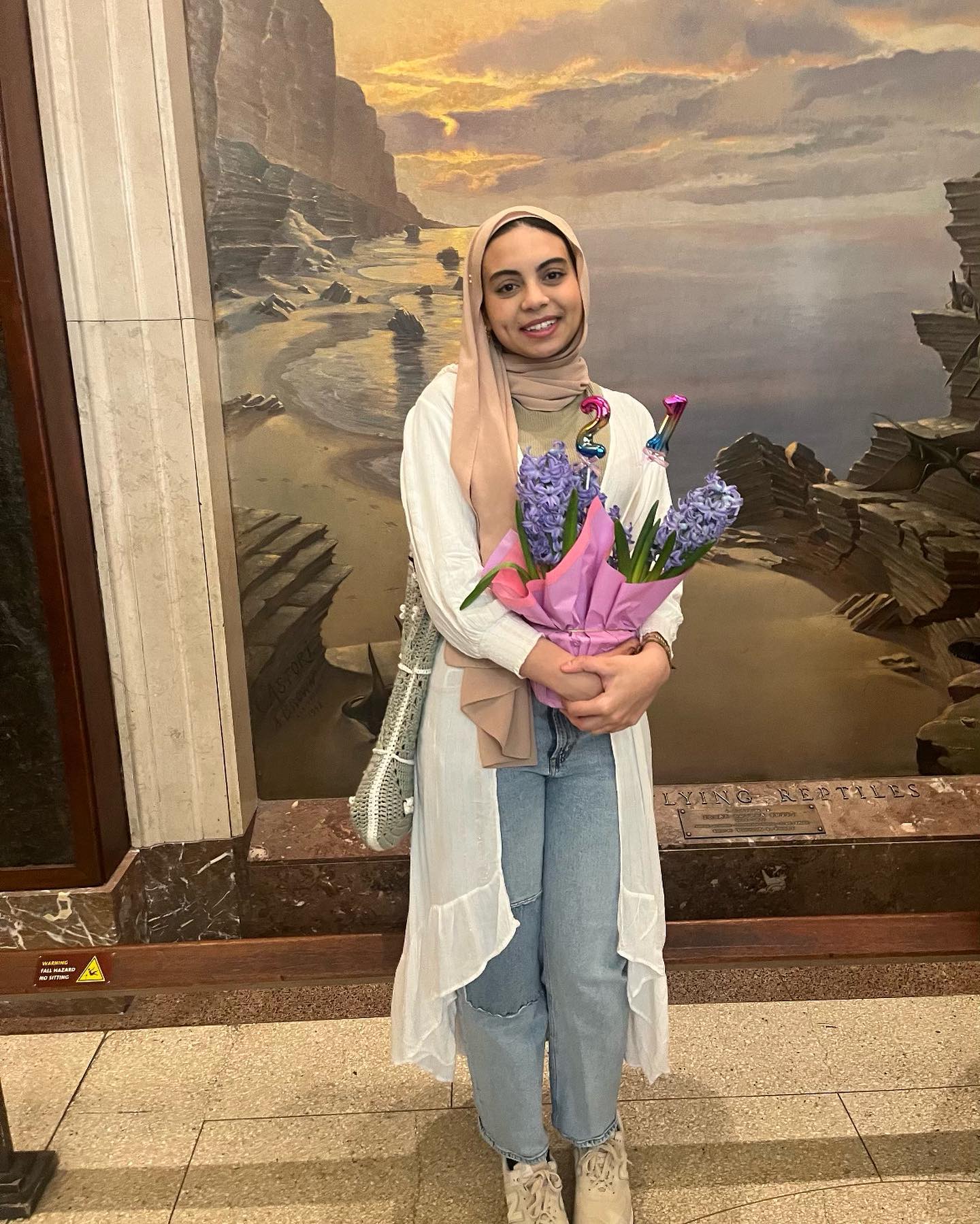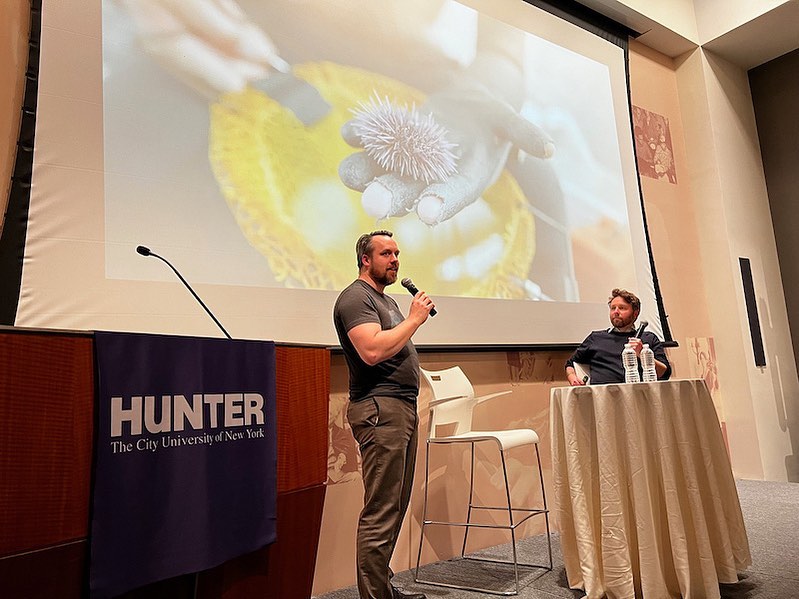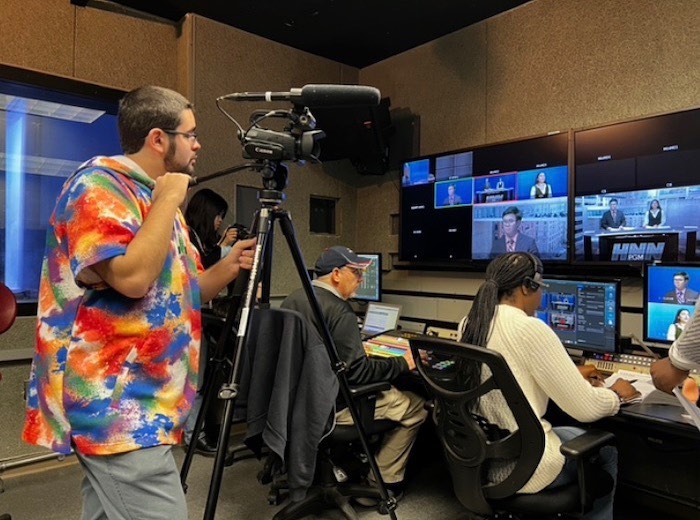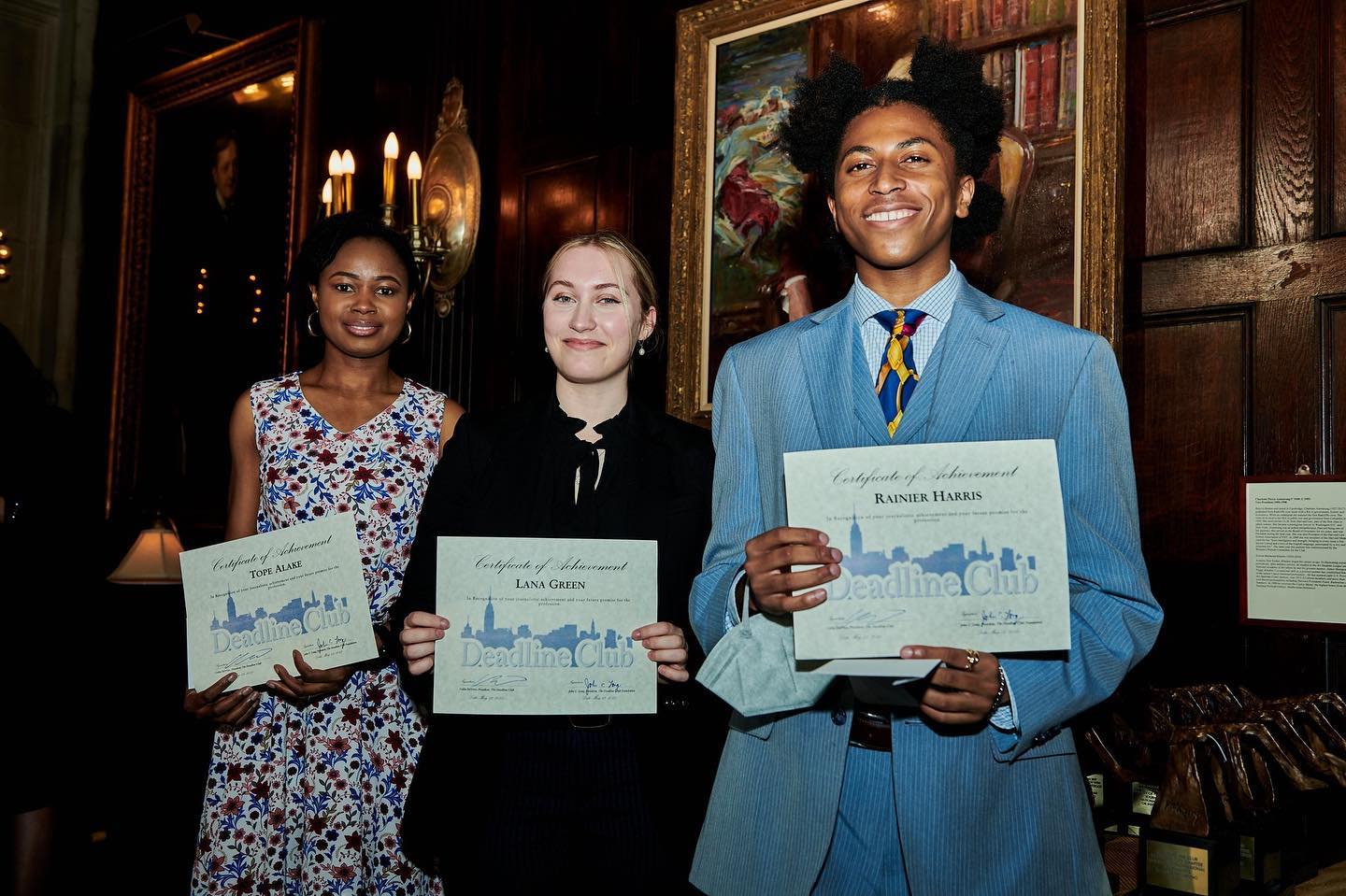For more than 170 years, the New York Times has been regarded as the standard for investigative and substantial journalism–but not without its flaws. In his new book, The Times, national political reporter Adam Nagourney writes a detailed history of “the paper of record,” covering four decades of triumphs, mostly, as well as one scandal that nearly cost the paper its reputation.
Closing out his book tour Nagourney sat down for a Q&A with fellow Times correspondent and Pulitzer Prize winner, Maggie Haberman, at the Roosevelt House on Oct. 10th. From extensive interviews to rifling through hundreds and thousands of editors papers, archival notes, and documents, Nagourney recounts the pivotal moments in the Times history and highlights moments that were defining for the publication.
From Arthur “Punch” Sulzberger and the newsroom run by the “iron fist” to coverage of 9/11 to how they picked up the pieces in the wake of the Jayson Blair scandal, Nagourney and Haberman discussed the principles that saved the paper.
In the wake of the September 11 terrorist attacks, everyone in the Times newsroom wanted to do the story justice. They followed the main events and countless substories, here in New York and elsewhere, long after the initial tragedy. It made for real journalism that boosted readers’ confidence in the paper and reinforced the Times’ reputation as an honorable and reputable publication.
And then, in 2003, the Times discovered that one of its young, star reporters, Jayson Blair, had spent years lying, fabricating, and plagiarizing in his work for the paper. The integrity of the entire publication came into question. The publication needed to restore its readers’ faith, and did so by being transparent and taking accountability. In an extensive, 5,000-word apology published in the Times, along with the resignation of two editors, the Times acknowledged the failure and apologized for failing to live up to its number one obligation: the truth.
Transparency was the key to saving the paper and to writing this book, said Nagourney. The journalists, the editors, and the publication as a whole allowed him full access to private documents and editors’ notes, which illuminate what went on behind the scenes. Haberman and Nagourney spoke about following a story and always going deeper.
The book took years of research and reporting, which Haberman herself is no stranger to. Haberman, along with her team, won the Pulitzer Prize for national reporting in 2018 for their extensively sourced, consistent and explanatory coverage of Donald J. Trump’s 2016 presidential campaign. When asked how she combatted all the false narratives, she said it took more effort than normal since Trump is surrounded by dishonest people. But she persisted, guided by the core belief that following the story will lead to the truth.
Nagourney and Haberman honored the Times throughout this conversation by highlighting the highs and lows of the last 40 years. For any journalist in the room, it served as a crash course, cautionary tale, and inspiration all rolled into one.











